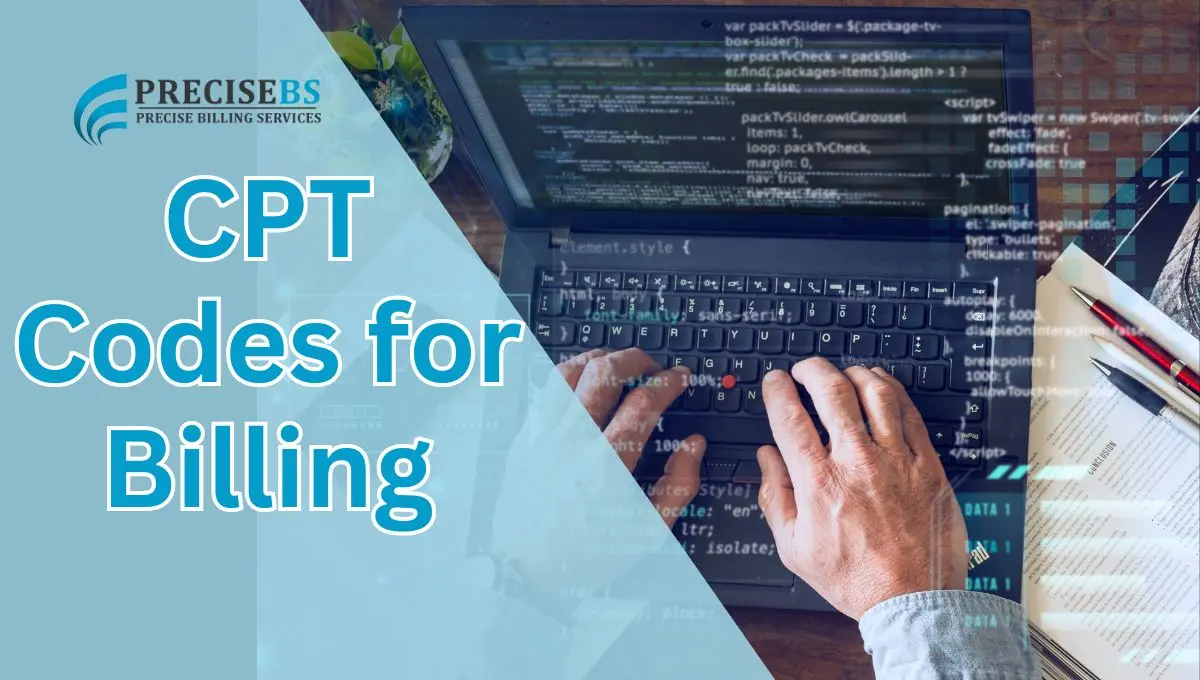Introduction
CPT (Current Procedural Terminology) codes are integral to the billing process in healthcare, especially in specialized areas like wound care. Understanding and utilizing the most popular CPT codes for wound care is crucial for accurate billing and reimbursement.
Essentials of Wound Care Billing
Importance in Healthcare
Wound care billing, using precise CPT codes, is vital for healthcare providers to receive appropriate reimbursement for the services rendered.
Key Components for Accurate Billing
Accurate wound care billing involves understanding the nature of the wound, the procedures performed, and the corresponding CPT codes.
CPT Codes for Initial Wound Assessment
Comprehensive Evaluation Codes
Codes for initial wound assessment cover the comprehensive evaluation of the wound, including size, depth, and type.
Documenting Initial Consultation
Proper documentation during the initial consultation is key to selecting the correct CPT codes for billing.
Debridement CPT Codes
Types of Debridement
Debridement, the removal of dead tissue from wounds, has various types, each with specific CPT codes.
Selecting Appropriate Codes
Choosing the right debridement code depends on the method used and the extent of debridement.
Skin Substitute and Grafting Codes
Skin Substitute Application
CPT codes for skin substitute applications are used when biological materials are applied to facilitate wound healing.
Grafting Procedures and Coding
Different grafting techniques have distinct CPT codes, based on the complexity and type of graft.
Releted Post: What is CPT Codes
Negative Pressure Wound Therapy (NPWT) Codes
Understanding NPWT
NPWT, a therapeutic technique to promote wound healing, has its own set of CPT codes.
Coding for NPWT Services
Correct coding for NPWT is essential for billing these specialized wound care services.
CPT Codes for Wound Closure
Suturing and Closure Techniques
Wound closure techniques like suturing have specific codes, varying with the complexity of the procedure.
Relevant Coding for Different Methods
The choice of CPT code for wound closure depends on the method and materials used.
Dressing and Topical Application Codes
Types of Dressings
Different types of wound dressings, each with specific CPT codes, are used based on the wound’s requirements.
Coding for Topical Treatments
Topical treatments for wound care, such as application of medicated ointments, have their own set of codes.
Challenges in Wound Care Coding
Common Coding Errors
Errors in coding can lead to billing inaccuracies, impacting revenue and compliance.
Overcoming Billing Challenges
Understanding common errors and staying informed can help overcome challenges in wound care coding.
The Impact of Accurate Coding in Wound Care
Financial Implications
Accurate coding directly affects the financial health of healthcare providers and the billing process’s efficiency.
Patient Care Considerations
Proper coding also impacts patient care, ensuring they receive the necessary treatments without financial or administrative complications.
Staying Updated with CPT Code Changes
Importance of Continuous Learning
Staying updated with changes in CPT codes is crucial for accurate and compliant billing.
Resources for Updates
Various resources, including professional coding organizations and updates from the American Medical Association, provide information on the latest CPT code changes.
Conclusion
In conclusion, understanding and applying the most popular CPT codes for wound care billing is vital for efficient and accurate healthcare reimbursement. It ensures that healthcare providers are compensated appropriately and that patients receive the care they need without unnecessary financial burdens.
FAQs
- What are CPT codes, and why are they important in wound care billing?
- CPT codes are medical codes used for documenting healthcare procedures and treatments. In wound care, these codes are crucial for accurate billing and reimbursement.
- How do CPT codes impact patient care in wound management?
- Accurate CPT coding in wound care ensures patients receive the necessary treatments efficiently and without administrative or financial complications.
- What are some common challenges in coding for wound care?
- Common challenges include selecting the appropriate codes for various procedures and staying updated with code changes, which can impact billing accuracy.
- Why is staying informed about CPT code updates important?
- Staying informed about CPT code updates is crucial for compliance and accuracy in billing, as codes can change or be updated regularly.
- How can healthcare providers ensure accuracy in wound care billing?
- Healthcare providers can ensure accuracy in wound care billing by staying informed about CPT code changes, understanding common coding errors, and using proper documentation practices.

